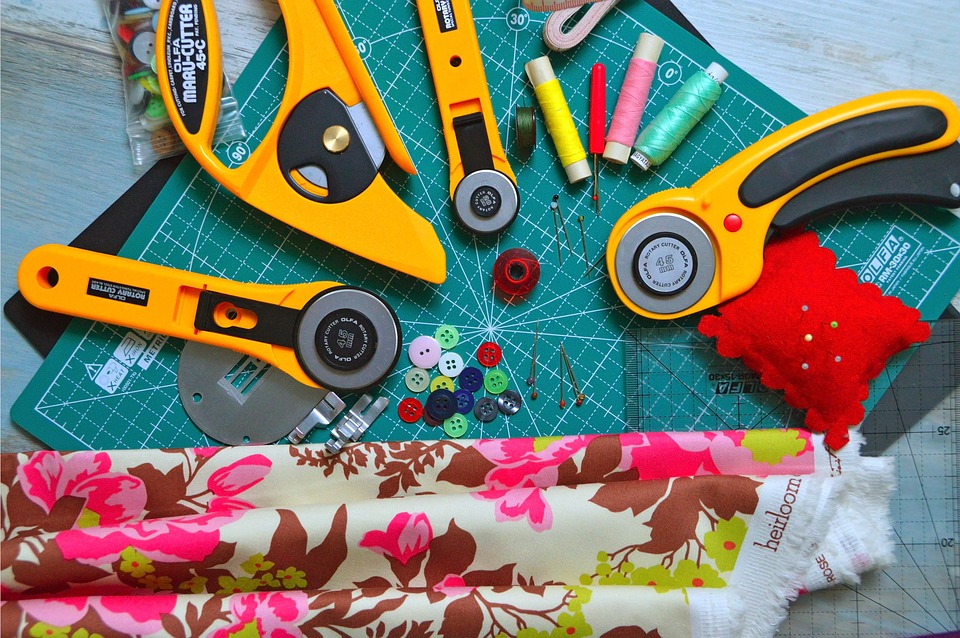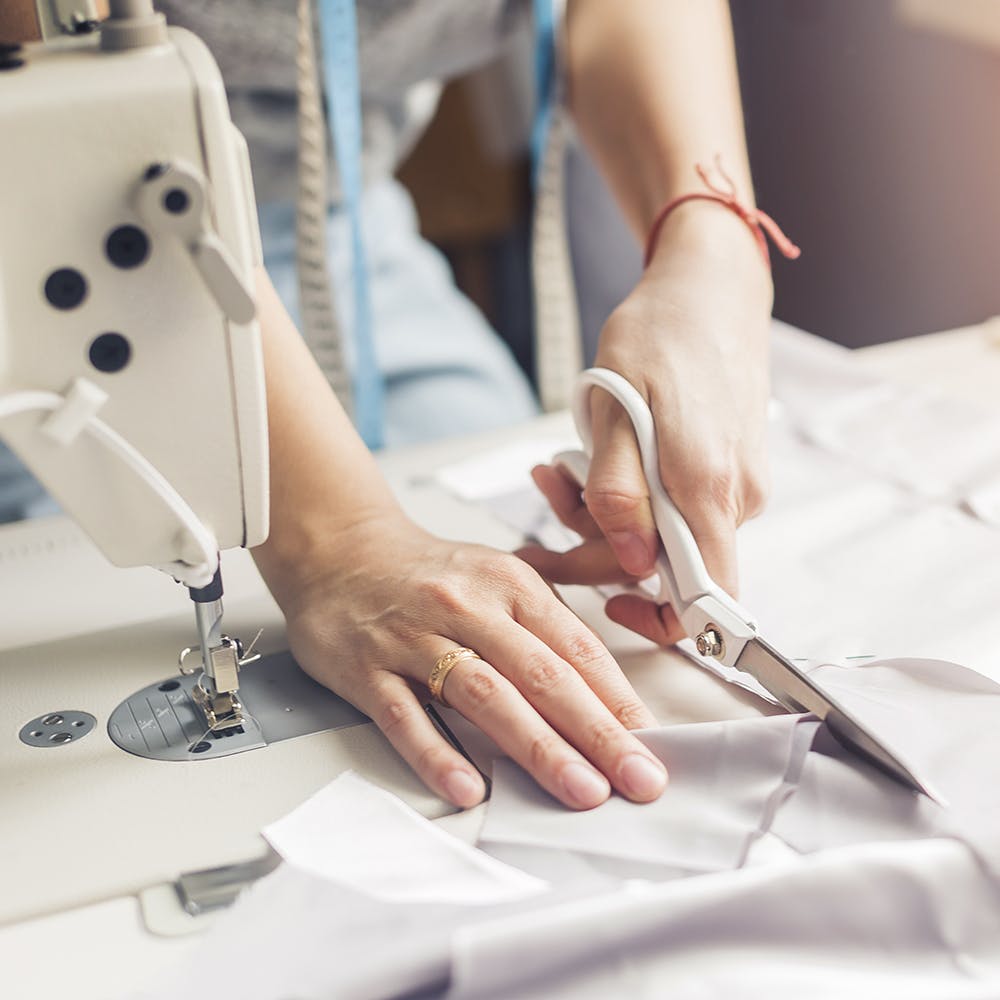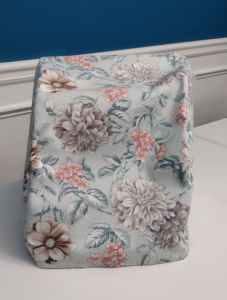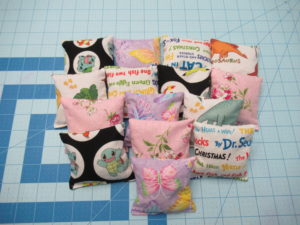


Sewing Terminology
February 24, 2022

How to Use a Sewing Machine
February 25, 2022

Tips, Tricks and Techniques to Improve Your Sewing
February 26, 2022

Common Sewing Machine Problems and Solutions
February 26, 2022

Getting Started
February 26, 2022





This Post Has One Comment
First off I would like to say great blog! I had a quick question that I’d like to ask
if you don’t mind. I was curious to find out how you center yourself
and clear your mind prior to writing. I have had difficulty clearing my thoughts in getting my thoughts
out there. I do enjoy writing but it just seems like the
first 10 to 15 minutes are lost just trying to figure out
how to begin. Any ideas or hints? Thank you!